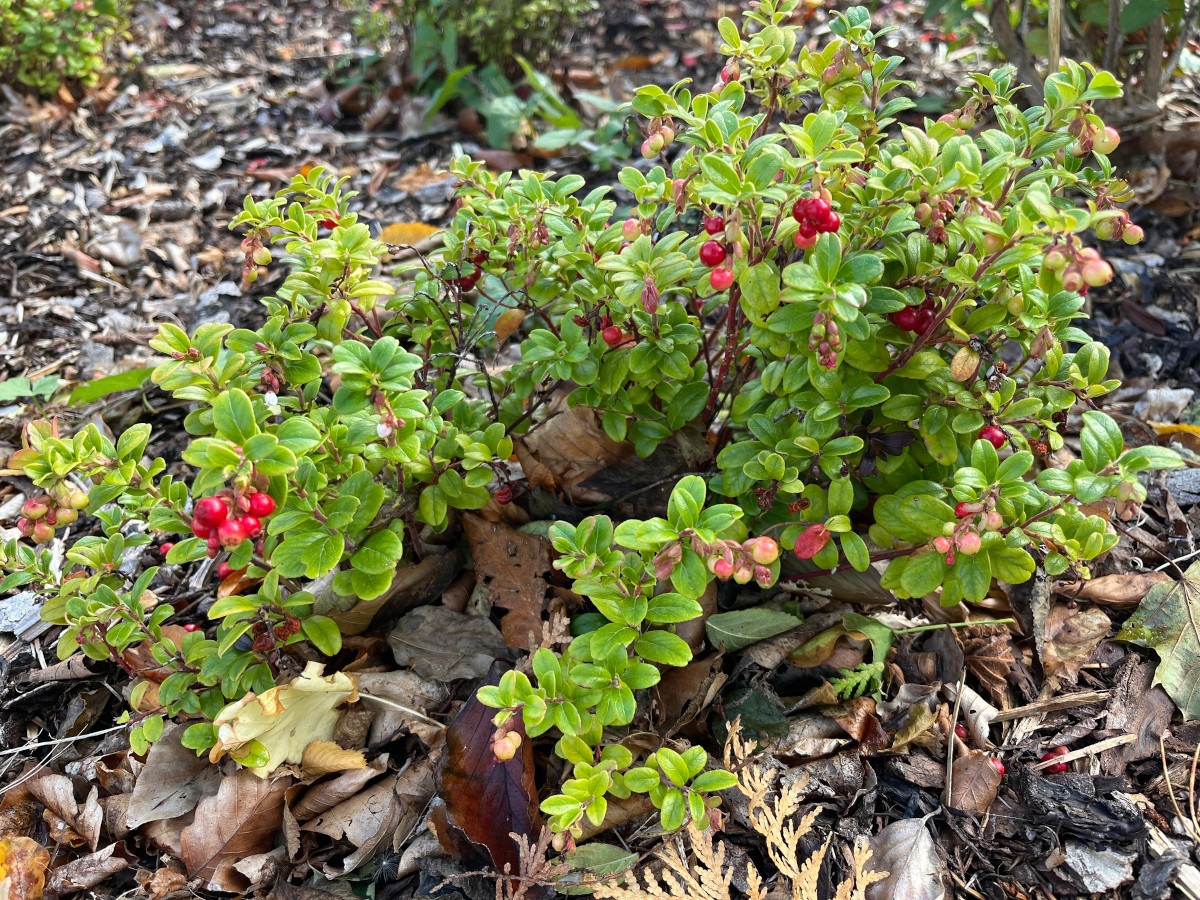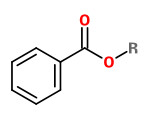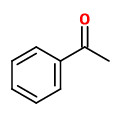Vaccinium vitis-idaea L. - Ericaceae - cowberry, lingonberry, foxberry, mountain cranberry, Preiselbeere
Evergreen creeping subshrub, 5-15cm high, native to northern hemisphere; leaves leathery, shiny, revolute; flowers in clusters, white or pink, bell-shaped; fruit a red berry.
„Vaccinium vitis-idaea keeps its leaves all winter even in the coldest years, unusual for a broad-leaved plant, though in its natural habitat it is usually protected from severe cold by snow cover. It is extremely hardy, tolerating temperatures as low as -40°C (-40°F) or lower, but grows poorly where summers are hot… The berries are quite tart, so they are often cooked and sweetened before eating in the form of lingonberry jam, compote, juice, smoothie or syrup. The raw fruits are also frequently simply mashed with sugar, which preserves most of their nutrients and taste.“ wikipedia
The volatiles from a pentane extract of fruits (pectinase treated) were analyzed by GC. Main constituents were aromatic compounds with benzyl alcohol (40.2%), benzaldehyde (3.2%), methyl benzoate (1.5%), acetophenone (1.1%), styrene (1%), and eugenol (1%). Aliphatic alcohols and aldehydes included 1-pentanol, 1-hexanol, 2-methyl 3-butenol, (Z)-3-hexenol as well pentanal, hexanal, nonanal and (E,E)-2,4-decadienal e.g.; terpenes α-pinene, β-pinene, 4-terpineol and α-terpineol e.g. Main fruit ester was ethyl acetate (4.1%).
„Of the remaining compounds, 2-methyl butyric acid is no doubt the most important one. It is almost as abundant as benzyl alcohol and it has as related aliphatic acids also a high specific odour intensity. Its contribution to the aroma of lingonberries is obvious from the fact that the typical lingon aroma disappears from the pentane extract on neutralization.“
[The aroma of cranberries., Anjou, K., von Sydow, E., Acta Chem Scand, Vol.21, 1967, 945-952]
http://actachemscand.org/pdf/acta_vol_21_p0945-0952.pdf
„Juice of lingonberries… was analysed for volatile compounds… 2-methyl butyric acid amounting to 48% of the concentrate and the aromatic compounds are likely to be the most important ones for lingonberry aroma.“
[The Aroma of Cranberries., Anjou, K., Acta Chem. Scand, Vol.23(1), 1969, 8]
http://actachemscand.org/pdf/acta_vol_23_p0109-0114.pdf

Lindman, C.A.M., Bilder ur Nordens Flora, vol.1, t.143 (1922-1926)
http://plantgenera.org/species.php?id_species=1048864

Vaccinium vitis-idaea, Sjælland, Taastrup, Region Hovedstaden, DK (2025) © lars02 CC BY-SA 4.0 inaturalist.org




